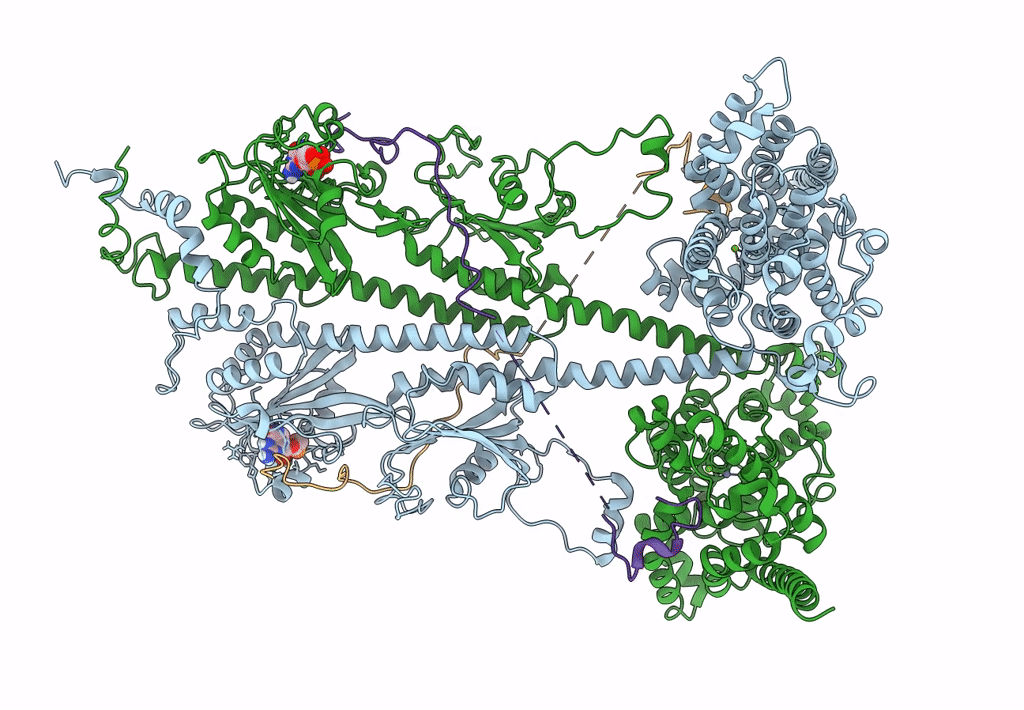
Deposition Date
2018-11-04
Release Date
2019-03-06
Last Version Date
2025-06-04
Method Details:
Experimental Method:
Resolution:
3.40 Å
Aggregation State:
PARTICLE
Reconstruction Method:
SINGLE PARTICLE


